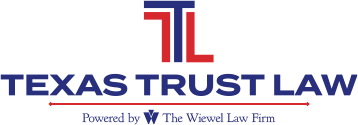
An Attorney can help when applying for Medicaid
Medicaid is a vital program that provides healthcare coverage for individuals and families with limited income and resources. Hiring an attorney can help when applying for Medicaid. Their expertise can be invaluable in ensuring a smooth and successful application process.
Film Daily’s recent article, “Do You Need a Lawyer to Apply for Medicaid?” says that applying for Medicaid involves gathering the necessary documentation, filling out an application form and submitting it to the state Medicaid agency.
The application typically requires information about your income, assets, household composition and medical expenses. It’s important to provide accurate and complete information to avoid delays or potential issues with your case.
A lawyer specializing in Medicaid can walk you through the application process, ensure that you meet all of the requirements and provide the correct documentation.
A Medicaid planning lawyer can also help you understand any legal implications and address any concerns that may come up during the application process.
Here are some scenarios where hiring a lawyer might be a wise move:
- Complicated Financial Situations: If you have complex financial arrangements or significant assets, a Medicaid planning lawyer can help you navigate the Medicaid eligibility requirements while protecting your interests.
- Long-Term Care Planning: If you or a loved one requires long-term care services, a lawyer with expertise in elder law and Medicaid planning can help you develop a strategy to protect your assets while accessing the necessary healthcare services.
- Denied or Delayed Applications: If your Medicaid application has been denied or delayed, a Medicaid planning lawyer can help you appeal the decision or address any issues that may have caused the delay.
- Changing Regulations: The program rules and policies can change over time. An experienced Medicaid lawyer can ensure that you stay informed about any updates that may affect your eligibility or benefits.
Consider hiring an Elder Law attorney to help when applying for Medicaid. He or she may be the difference between receiving benefits and being denied. If you are interested in learning more about Medicaid planning, please visit our previous posts.
Reference: Film Daily (July 25, 2023) “Do You Need a Lawyer to Apply for Medicaid?”
Image by LEANDRO AGUILAR















